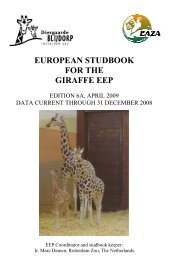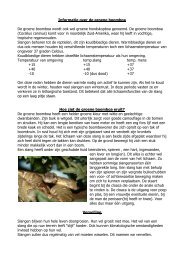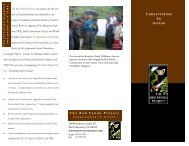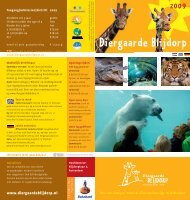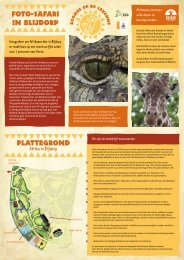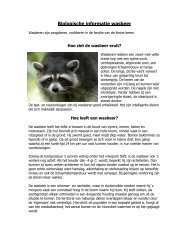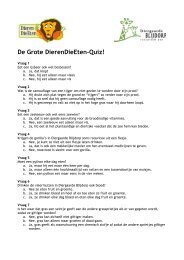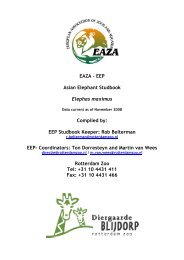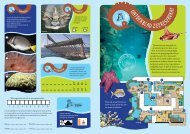Create successful ePaper yourself
Turn your PDF publications into a flip-book with our unique Google optimized e-Paper software.
<strong>EEP</strong> STUDBOOK CROWNED PIGEONS<br />
Geography<br />
6.5.2 General information on Papua New Guinea<br />
Papua New Guinea lies completely within the southern tropics and the north of Australia. It is<br />
the second largest island in the world (only Greenland is larger) and is about five times as big<br />
as France, but has only about four million inhabitants (Damen, 1997b).<br />
History<br />
Portuguese navigators in the 16th century recorded the earliest references to New Guinea. The<br />
Dutch, French and English made visits from this time up to the 19th century. However,<br />
European colonisation did not begin in earnest until 1884 when the two rival powers Germany<br />
and Britain formally raised their flags on the north and the south coasts, respectively. A<br />
formal division was made between German New Guinea and British New Guinea (later<br />
renamed Papua) in 1886. Later on, during World War I, Australia gained control.<br />
In 1949, the Territory of Papua New Guinea came into being under one administration, and<br />
Australia announced its intention to bring it forward to self-government and independence.<br />
The handover of most Australian-held powers took place at the start of the self-government<br />
on 1 December 1973. On 16 September 1975 Papua New Guinea became an independent<br />
state (UBD, 1997).<br />
Population<br />
The population of nearly four million has an average growth rate of 2.3% *(TCSP, 1996).<br />
Port Moresby, the national capital, is the major city (200.000 inhabitants) and the centre of<br />
government and commerce. The second city, Lea, is the main industrial centre (85.000<br />
inhabitants). Over 85% of Papua New Guineas live in rural areas in clan or village<br />
communities. Population densities vary considerably, from 0.6 people per km 2 (1,5 people per<br />
square mile) in Western District to more than 37 per km 2 (92 per square mile) in the highlands<br />
of the Gazelle Peninsula on the Island of New Britain. The highlands on the mainland are the<br />
most populous area, containing approximately 40% of the population. However, in recent<br />
years there has been a marked population drift to the urban areas (UBD, 1997).<br />
Political system<br />
With independence, Papua New Guinea adopted a constitution that established a<br />
parliamentary democracy based on the West-minster model, but excluding an upper chamber.<br />
The National Parliament comprises of 109 members. The other two tiers of government are<br />
local government councils and provincial governments.<br />
Local government councils have varying degrees of responsibility in the provision of certain<br />
welfare sources and recreation facilities. Revenue sources available to council are limited and<br />
consist mainly of head taxes, land tax, court fines, license fees, and government grants.<br />
119



